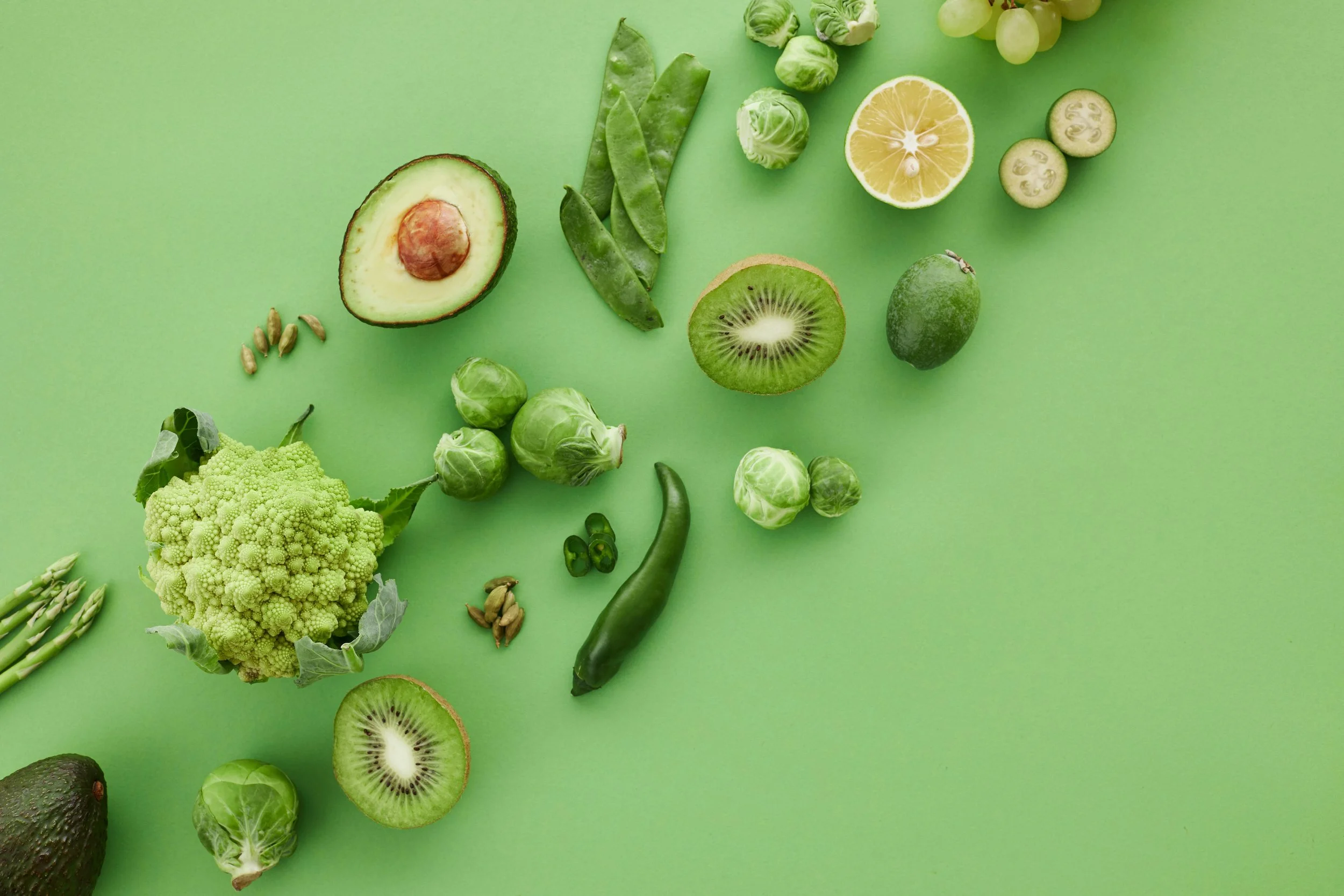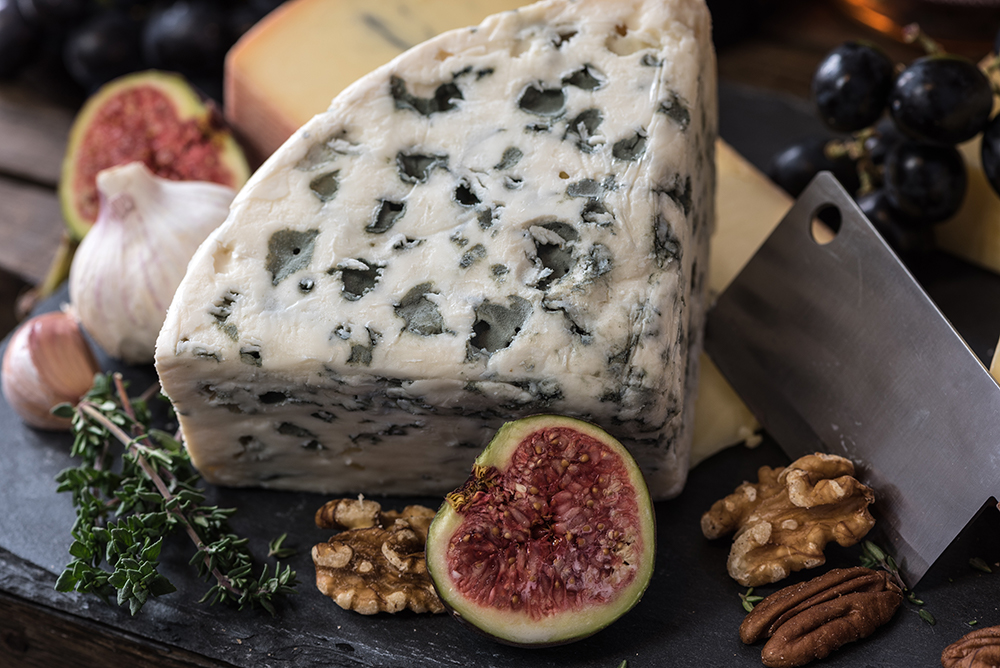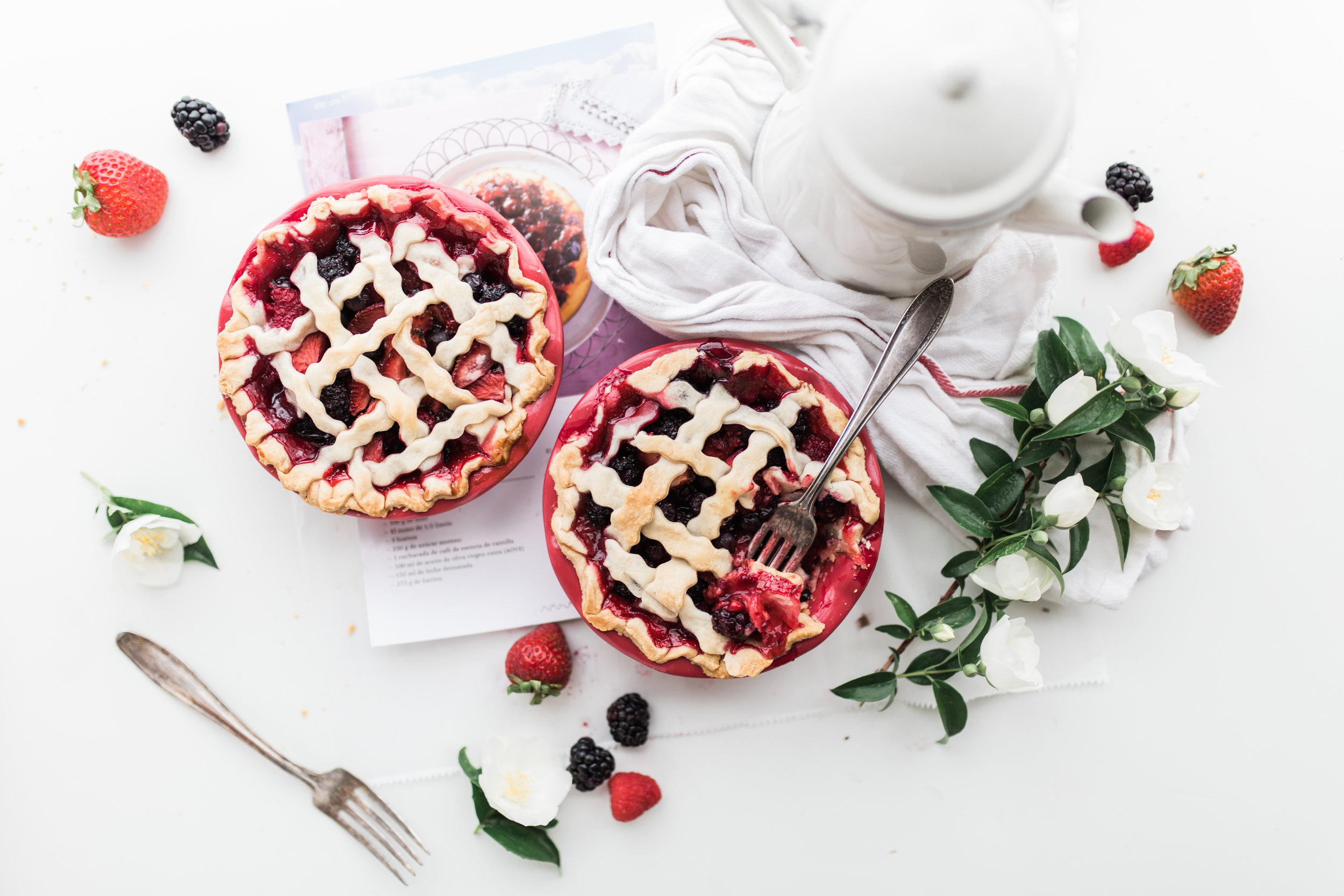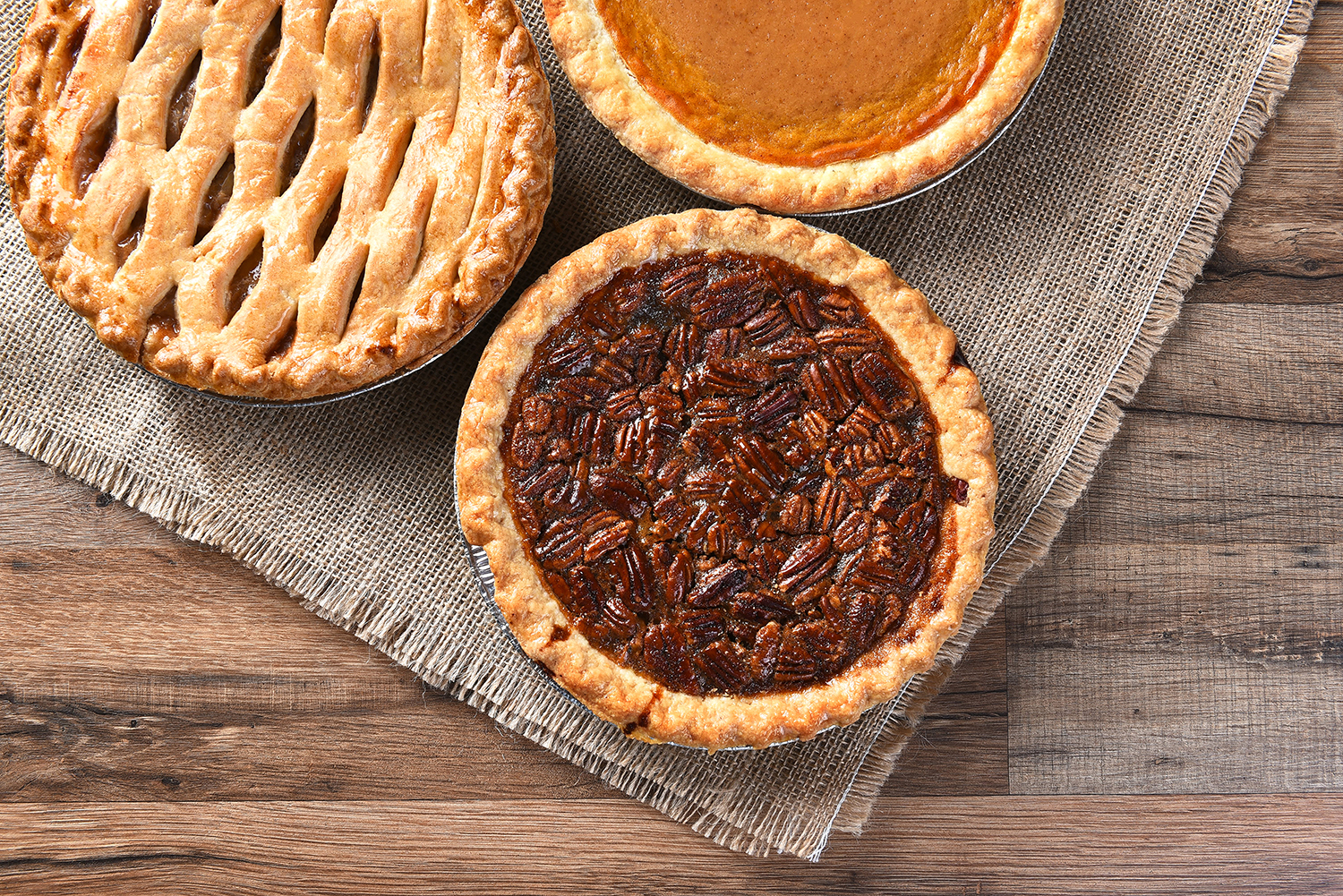Making your own lip balm is beyond easy; in fact, you might even know several people who have already given it a whirl. DIY lip balm is great because not only can you make it just the way you like it, you can control the ingredients.
You should be able to find most of the supplies you need for this project in your co-op’s health and body care section, or online in larger quantities. A local craft store is another good place to look, especially for tins and tubes to hold the finished product.
To make the balm, follow this general recipe, and customize to your tastes from there. We’ve included a few of our favorite scent combos below for inspiration.
Lip balm recipe
Makes 4 ½-oz. tubes
- 1 tablespoon beeswax pearls (or 1 tablespoon grated, unbleached beeswax)
- 1 tablespoon shea butter
- 2 tablespoon carrier oil (sunflower, castor, almond or jojoba)
- 10-15 drops essential oil
- 1 teaspoon honey (optional, for those that like it slightly sweet)
Melt beeswax, shea butter and oil together in a small bowl in the microwave. If you don’t have a microwave, use a double boiler or a heat-safe bowl over simmering water. Stir until ingredients are liquid, then add essential oils and optional honey. Mix well. Transfer to a large eyedropper, syringe, or container with a spout, and divide liquid among four ½ ounce lip balm tins, jars or tubes.
Customize your creation
To tint or color lip balm, add 1/8 teaspoon of lipstick to the solid ingredients when melting (just take a tiny dab off the end of your favorite tube). You can also use a drop or two of natural red food coloring, or a small amount of beetroot powder or a loose mineral powder (like blush).
To make lip balm super shiny, adjust the recipe by adding one teaspoon more of carrier oil. Note that this formulation will not be suitable for tubes, since the end result will not be firm enough.
Scent ideas: In addition to single scent blends that are popular, like peppermint and vanilla, consider these fun combinations:
Reprinted by permission from StrongerTogether.coop. Find articles about your food and where it comes from, recipes and a whole lot more at www.strongertogether.coop











